
When you tell someone you're going to visit Colombia, their first response is ususally, "Aren't you scared?" followed by "Is that safe?" Let's answer that right now. Chances are pretty high that you will NOT be shot by the cartel, robbed at gunpoint, or kidnapped. Yes, Colombia has a bad reputation for drugs, kidnappings, violence, muggings, and extortion (if you wish, read my upcoming blog "Medellin, Bogota: Contrasting, Complex, Contentious - and amazing" to learn more about how that reputation came to be) . But everyday Colombians will tell you that Colombia has come a long way in a short period and is safe to visit. The vast majority of Colombians, just like people everywhere, just like you and me, simply want to work and raise their children to be happy and productive citizens in arguably what is one of the most beautiful countries in the world with the most beautiful and kindest people.
But there is a caveat . . . Colombians will also be the first to admit their country continues to have problems that foreigners probably can't fully understand; so you do have to travel wisely. Follow your government's advice and stay away from the areas they tell you to avoid - such as border areas and/or areas where the cartels tend to hang or where there might be civil unrest or illegal 'armies'. Most governments will specifically list all areas, so follow their orders and 'recommendations', and there are maps on line of the safest and least safe areas of the country. For instance, here is a map published by the Government of Australia with 'no-go', reconsider, and use caution zones. Our trip took us only to yellow areas of the map.

The main cities and areas of interest in Colombia have done a great job at improving safety, but every city has 'no go' neighbourhoods - learn where not to go. And in a country with one of the largest income disparities in Latin America and a poverty rate that can reach up to 60% in some areas, pickpockets and thefts and opportunistic crimes can be expected anywhere. So do what a smart traveller does in any country. Carry little cash and a low level credit card. Leave your valuables at home. Don't flaunt your phone and camera (Colombians call it "no dar papaya" or 'don't offer papaya' - don't make yourself a target). Stay in a reputable hotel in a reputable area. Use only pre-arranged rides. Don't let yourself be requisitioned in any way. Monitor your alcohol intake and don't use drugs. Don't wander the streets at night. Ask your hotel staff for advice. See the country with a tour group if that feels more comfortable. You get the picture. We were in Colombia for nine days and did not feel threatened or unsafe at any time. It felt just like touring in any other beautiful country (maybe even better).
Now, to Bogota. We arrived a little less than two days before our tour with National Geographic/GAdventures was to begin. I'll talk about that amazing tour in subsequent blogs but today it's all about our two days in Bogota.
We had a pre-arranged driver waiting for us at the airport at the ungodly hour of 4:30 am for a transport to our hotel. 'Wilbur' had all of his licenses in the van and a nicely printed brochure about hiring him as a driver for day trips and we soon decided to do just that for the next day. I checked with the hotel and they told us he was good. He works for several hotels and also independently. (We soon learned that Colombians have to work hard, often several jobs, to make a middle class living.)
Colombian society is divided into six social "stratas" or classes based on income and neighbourhood resources (this is a good topic to research in itself for all the social factors involved) with level one being the lowest and level six being the highest, and Bogota is divided into neighbourhoods that reflect the class system. We stayed in an area in north Bogota known as Parque 93 or Chapinero, full of restaurants, businesses, parks, and oppulent highrise apartments. Wilbur told us it would be considered class five or six, one of the more wealthy and safe neighbourhoods. We were interested to see many security features such as security guards, cameras, high pointy fences, or security wire at almost all of the apartment blocks, but you might not notice them if you didn't look. This is Chapinero:
Parque 93 is the park in the middle of Chapinero, recently refurbished, and now a fun meeting place for families and friends and a location for celebrations and exhibitions and entertainment. It is surrounded by upscale shops, restaurants, and galleries.
After walking around this neighbourhood, we 'Whatsapp'd' Wilbur and asked him to drop us off at Zona Rosa, an even more oppulent neighbourhood of high-end shopping and restaurants where even the dog statues are a little pretentious. He dropped us off and picked us up at an agreed location four hours later, giving us a chance to roam, take pictures, and have lunch. Explosive-sniffing dogs were at every entrance to a high-end mall.
We ended our day at a delightful food hall, El Jerre Jerre (El Jerre Jerre is the armadillo endemic to Colombia and Venezuela), close to our hotel. We were early by Colombian standards so had the full attention of the staff in the Peruvian food booth - and delicious food. By the way, restaurants are generally much cheaper in Colombia than in America, and the portions are huge.
On the second day of our stay, Wilbur picked us up just after 8:00 am, and we told him to just show us the city. Our first stop was the most popular destination in Bogota, Monserrate, Bogota's mountain topped with the Monserrate Sanctuary, originally dating to 1620 with a shrine of Our Lady of Monserrate. You can take a cable car or funicular or a hearty hike of almost two miles to the top. They say the view is, well, divine from the top, the best views of Bogota. This walk is of religious significance, and thus the area is heavily visited on weekends. Due to our limited time, we walked part way up the mountain, came down, and simply enjoyed the street scene chaos, with everything from corn on the cob to cotton candy to trinkets being sold. A pro-tip might be to buy a 'Fast Pass' on line for the cable car or funicular which lets you avoid the long lineups at the ticket counter. But, next time, I would definitely hike up the mountain. It is well-marked but steep and hot, requiring lots of sun screen and liquids. It would be a great adventure. You might want to hike on weekends when there are lots of people or at times when there is a clear police presence.
This is a view of Bogota from the road halfway up Monserrate. You can see Bogota's tallest skyscraper on the left. The view from the top of the mountain would be amazing.

This is the beginning of the Monserrate hike. The police on duty were riding mules. I believe mules can withstand heat better than horses.
Some street scenes from Monserrate:
And here's the Monserrate Sanctuary high on the mountain overlooking the city:

After our trip to Monserrate, Wilbur took us to La Candelaria, the historic centre of Bogota. On the way, we passed Bogota's tallest skyscraper, the BD Bacata, with over 60 floors, which was under construction for years after running into financial difficulty. It houses offices, hotels, businesses, restaurants, and apartments.

I especially like this mural on the complex next to the BD Bacata as it seems to symbolize a new generation of Colombians looking forward.

La Candelaria is named after the Catholic cathedral dedicated to the Virgen de la Candelaria. Candelaria is a neighbourhood with cobblestone streets, and ancient architecture butts up to modern museums and educational and cultural buildings. Next time, I will stroll the colourful residential streets, but on this visit, we only had time to check out some main sights.
Our first stop in Candelaria was the Museo del Oro, the Gold Museum about which I was originally unenthused. How much do we need to know about gold, anyway? We told Wilbur that we would need only 45 minutes but could easily have spent all day, it was that thorough in it's collections and descriptions. In fact, I have since learned that in 2018, National Geographic named it one of the best musems in the history of the world. It contains 34,000 gold pieces. The museum explained the origins of gold and the social meanings behind the use of gold through the ages, some dating to indigenous rituals.
Here are just a few of the spectacular pieces:
Our next stop in La Candelaria was Boliver Plaza, the main square and centra of Bogota. The city was founded here in 1538. Bolivar Plaza is a large square surrounded by the Primary Cathedral of Bogota, the Palace of Justice, the Lievano Palace, and the National Capital Building. There is a statue of Simon Bolivar, the first president of Colombia, in the middle. It is a central location for kiosks and entertainment - and protests.
The current Primary Cathedral of Bogota was built between 1807 and 1823 and is a National Monument.
The Palace of Justice (Supreme Court) was destroyed in 1985 after a guerilla group tried to take command of the palace, and the army intervened. Over a day-long conflict, some 90 people died. The current palace has an inscription: "Colombians, arms have given you independence, laws shall give you freedom." This is a good topic to research as part of Colombia's complex and turbulent history.

Palacio Lievano has been the city hall of Bogota since 1974. The current building dates to 1907 but earlier buildings on this spot had to be replaced due to an earthquake in 1827 and a fire in 1900.

The National Capital Building was built between 1848 and 1926. It is the main government building, the Congress of Colombia.

La Candelaria is home to some historically significant churches, one being Iglesia de Nuestra Senora del Carmen, dating to 1927 and declared a national monument in 1993. It is known for its red and white stripes. It was restored in 1987and stands out in Candelaria.
Our next stop was lunch at a traditional Colombian restaurant chosen by Wilbur, La Puerta de la Tradicion, where I tasted Ajiaco soup for the first time and came to realize just how large those Colombian meals are. The soup is tasty with potato and chicken and served with corn, capers, avocado, and sour cream - a great combination.
One of my favourite stops in Bogota, also in La Candelaria, was the group of musems in the Museos del Banco de la Republica complex including the Botero Musem which is known as one of the best in Bogota, along with the Gold Museum. (We managed to see two world-class museums in one day, although much more time is warranted for each, and thus a return to Bogota is justified). The Botero Museum houses the personal art of Fernando Botero, a sculpturer and artist known for his signature style "Boterismo" depicting people as chubby and larger than life, often as a political statement, but also houses his private collection of paintings and sculptures. The museum is in a former colonial palace with a beautiful courtyard, and the buildings were as much art as the artwork pieces inside. Other museums in the complex include the Museo de Arte del Banco de la Republica and the Casa de la Moneda.
First, some pictures of this beautiful building complex:
Look closely at this picture. The stairs are actually quite narrow but are reflected on the wall.

I saw this elegant and regal Colombian lady with her adult children. I asked her to pose for me, and her children told her to do so. She was thrilled, and so were they. I will never foget this moment.

Here are some of my favourite art pieces:
Across the street from the museum complex is the Luis Angel Arango Library, one of the world's largest libraries. Next visit to Bogota, with more time, I will book a tour to view all the floors, the art, the architecture, the concert hall, and the observation deck. And maybe, just maybe, they have a cafeteria which is now on my list of favourite things - library cafeterias. Here's another beautiful staircase.
La Candelaria teems with colour and street life and maybe a llama (or two).
That ended our day. Wilbur deposited us back at our hotel where we met our tour group for the first time and experienced a Colombian supper at a popular restaurant in Parque 93, Gran Parrilla Boyacense, where I was able to sample another Colombian soup, Mazamorra Chiquita, which was much better than it looked.
In less than two full days, we packed a lot into our brief visit to Bogota. With very little planning, but with the help of a local driver, we were able to see many of the main sights. Next time, and I am sure there will be a next time, I will re-visit all of these places to gain more from the experience, and I will hike up Monserrate. I'd like to visit a few other neighbourhoods: Teusaquillo for its architecture and Usaquen for its quaint atmosphere and La Macarena for its bohemian vibe and Santa Fe for its museums and theatres. There's a lot to see. Taken from Colombia Travel - "Tourism Bogota:museums and culture for every taste" colombia.travel, there are 58 museums, 33 libraries, 25 universities, 62 art galleries, 161 national monuments, 28 'tourist interest' churches. As I always say, leave some for next time, and I'll need to stay longer than two days.
Travel wisely, and Bogota is a dynamic and safe city.
Next up will be a visit to Colombia's coffee country and a hike in possibly one of the most beautiful places on earth. What a time that was!
Enjoy the photo dump:


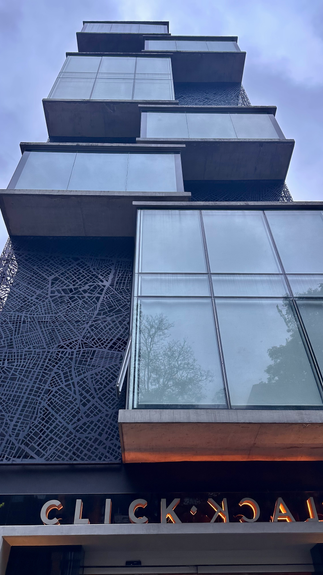

























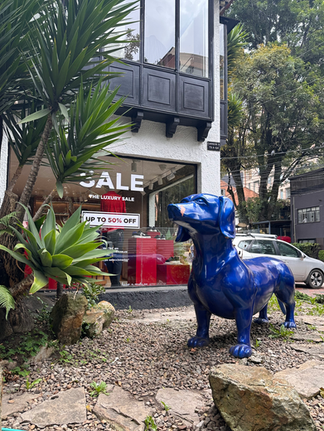



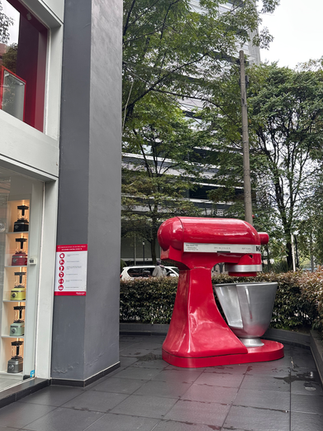

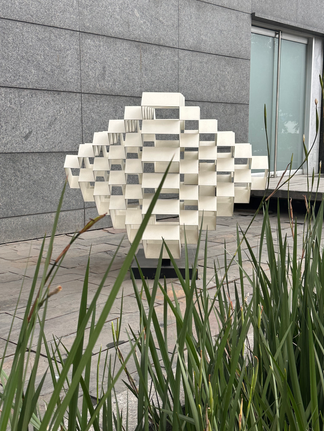



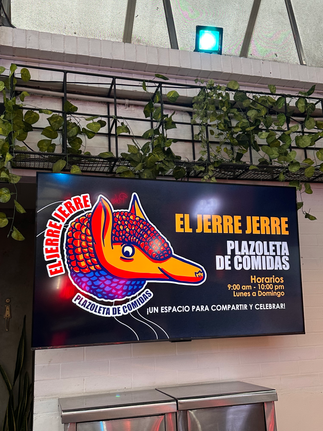











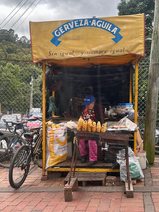















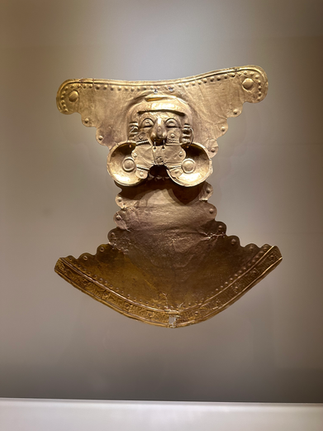































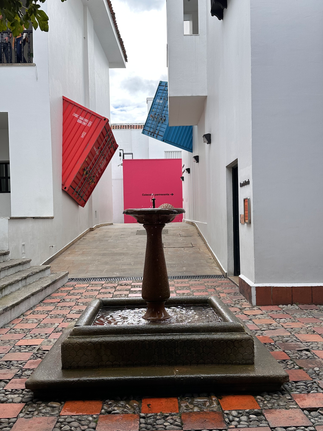

































































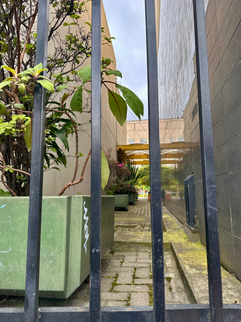


















Kommentare